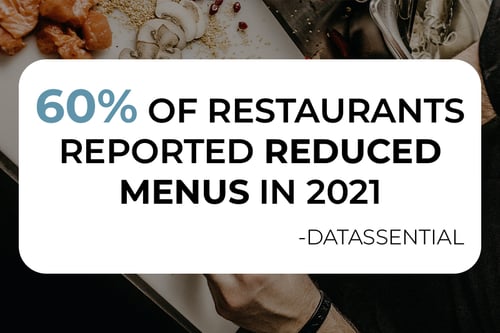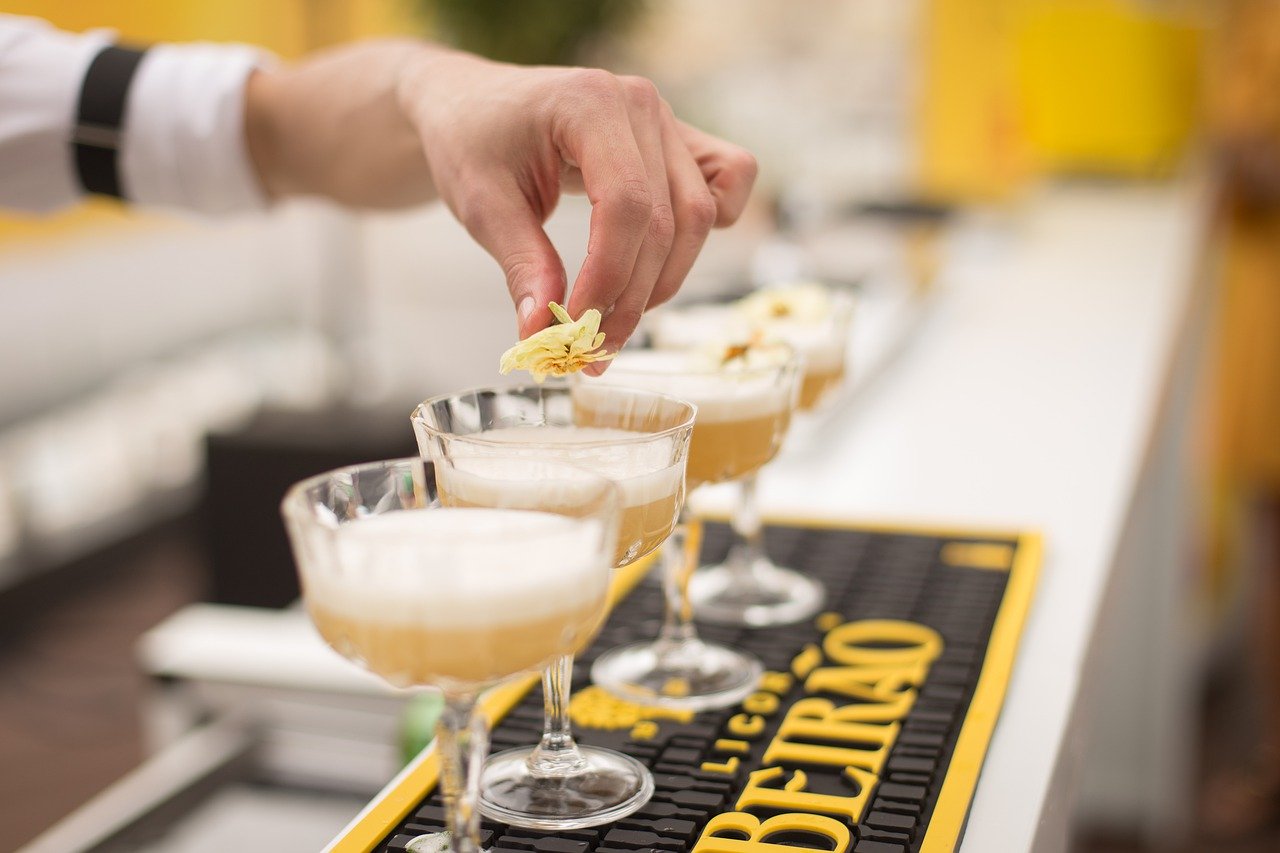The threads of influence that began unspooling in the early part of 2020 have wound their way through every crack and crevice of daily life, securing an often messy knot around individuals and industries alike. Whether you were a people person missing the first half of the equation, a foodie dropping bills on delivery, or an operator running an empty-by-mandate floor, the pandemic shook routine and expectation from the world’s vocabulary. In order to adapt, some picked up hobbies. Some made plans for their passions. And restaurant owners? They adjusted their menus.
The Incredible Shrinking Menu
Food prices skyrocketed while labor shortages followed suit, leaving operators hanging in the lurch amid shifting protocols. It was time to trim the fat. Across the board, restaurants began losing pages here and there, opting for muscular yet lean lists including fan favorites and innovative combinations of pre-existing ingredients (more on this later). Think menu engineering turned up to eleven.

Inventory became more strategic than ever with operators seeking utility out of every scrap. Given the need for return, this invitation to assess plates pound for pound sharpened operator senses on customer cravings.
Chop, cut, or trim–however you slice it, the post pandemic menu is short, but that doesn’t mean it lacks strength.
A Burger and a Burger in a Hat
While shortening the menu sought to reduce the number of ingredients and amount of labor needed to produce plates, operators still introduced variety into the mix. To make the most of what they already had, success was dependent on creativity and efficiency.
Chefs devised new ways to include staple ingredients like using avocados in margaritas or reimagining cookies as a breakfast staple. Ingredients often left over from favorite dishes found homes in unexpected places and eased customers into daring eats. Operators also found ways to combine items and generate buzz–like Panera Bread’s grilled mac-and-cheese sandwich. The hitch here is coming up with creative solutions rather than reproducing dishes in disguise.
Be U(nique)
Though many customers were left craving comfort foods during this uncertain time, it seems they built an equal appetite for the unusual. With fewer opportunities to eat out, diners demanded unique experiences and rewarded operators who diverted from the pack with their business. Though embracing niches may be a bit more common for restaurants, the trend is spreading to bars and doesn’t show signs of stopping.
Whether it’s the ambience and atmosphere, fresh dishes and drinks, or culture, after long periods of disconnection, diners are seeking strong impressions and hubs for their post-pandemic hangs. Out of the box, into the frying pan, and onto the plates for that line winding out the door.
Onward
Though that unraveling is now years in the past, the threads of change seem intent on sticking around. Adaptive means have become best practices and operators with a thorough understanding of their offerings have turned opposition into opportunity.
If insights into menu dynamics and inventory stats seem like a measure time cannot afford, providers like Craftable can automate the process so you can focus on the food. To learn how, book time with us here.




.png)
